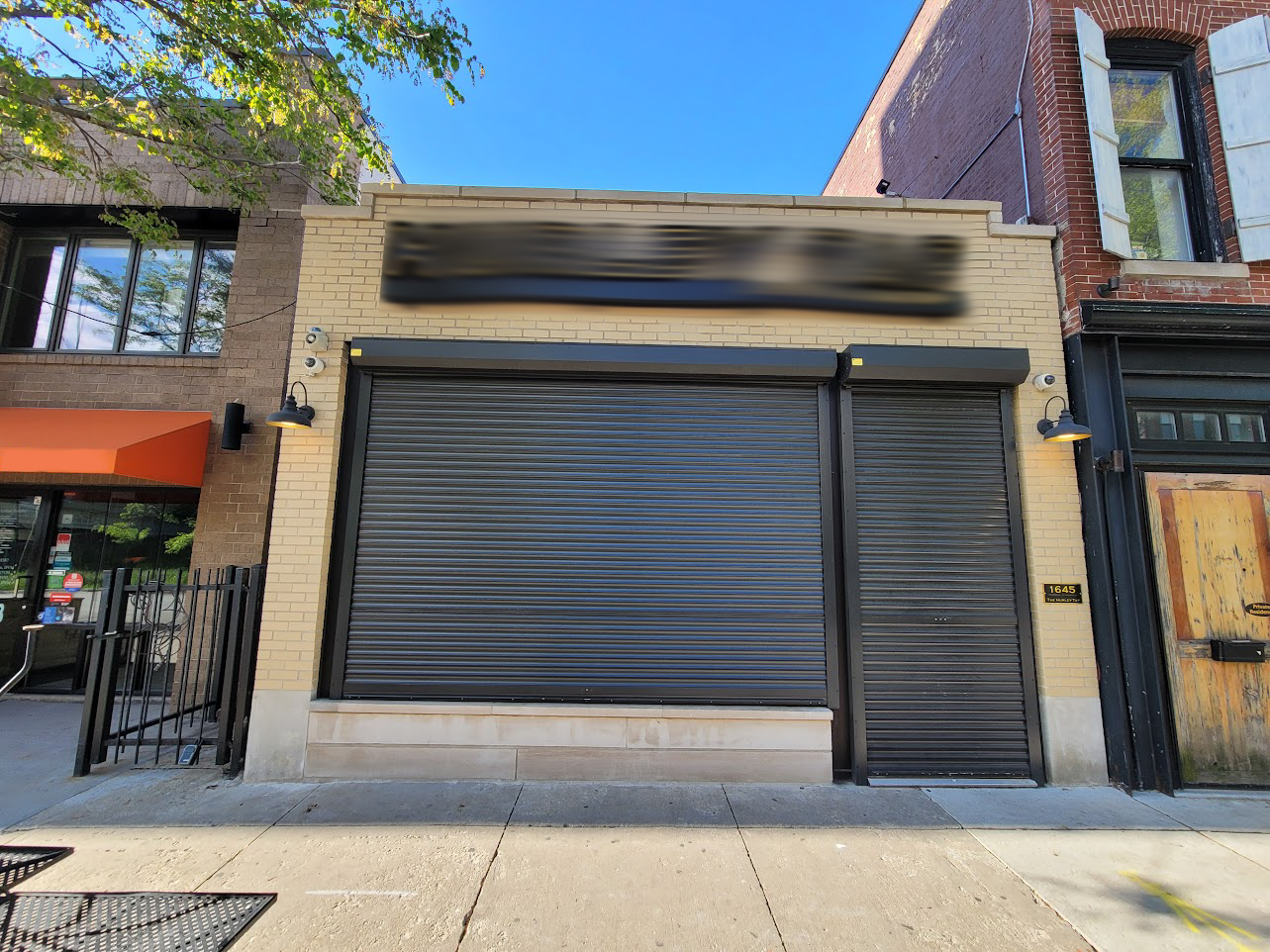Outdoor dining areas are a spring and summer hotspot, attracting hungry and thirsty patrons in droves. While outdoor seating is great for business, bars and restaurants should carefully plan and secure these areas to ensure outdoor dining safety for customers and employees alike.
What Outdoor Dining Safety Risks Are There?
Outdoor dining areas create an inviting atmosphere that draws patrons in, but they also come with unique safety challenges that restaurant owners must carefully manage. Without the physical barriers of indoor walls, these spaces are more exposed to external threats and environmental hazards.
1. Weather-Related Hazards
From sudden thunderstorms to gusty winds or even extreme heat, outdoor conditions can change quickly. Unsecured umbrellas, tents, or temporary structures can become dangerous in high winds, while rain can create slippery surfaces that pose slip-and-fall hazards.
2. Vehicular Accidents
Restaurants with patios adjacent to roads, parking lots, or sidewalks face the risk of cars accidentally crashing into the dining area. Whether due to driver error or loss of control, these incidents can cause serious injury or even fatalities if proper barriers aren’t in place.
3. Trip and Fall Hazards
Uneven pavement, loose tiles, extension cords, or poorly marked changes in elevation can easily trip up staff and guests alike. This becomes even more dangerous at night if lighting is inadequate.
4. Security Concerns
Outdoor spaces can be harder to monitor and control, increasing the likelihood of disturbances, theft, or after-hours trespassing. An unsecured dining area may also attract vandalism or other unwanted attention once the business is closed for the night.
5. Sanitation and Pest Control
Outdoor dining naturally invites exposure to insects, birds, and rodents, especially since food and drink are involved. Spills, crumbs, and standing water can attract pests and violate health codes if not promptly addressed.
With these risks in mind, here are some key tips to create a safer, more resilient outdoor dining environment.
Outdoor Dining Safety Tips for Bars and Restaurants
1. Install Physical Barriers Against Vehicles
Protect your patio from errant drivers by installing sturdy, immovable barriers. Options like steel bollards, reinforced fencing, or decorative concrete planters physically block vehicles from entering your space without making it feel completely closed off.
Be sure barriers are properly anchored and positioned along the perimeter facing roadways or parking lots. Even wheel stops placed at the edge of nearby parking spots can add a layer of protection.
2. Deploy Secure, Weather-Resistant Shutters
Weather can turn on a dime — especially during summer storm seasons. Protect both people and property with high-performance security shutters that can be deployed in seconds.
When bad weather rolls in, staff can quickly roll down the shutters to shield customers, furniture, and equipment from harm — then roll them back up to restore the open-air feel when it’s safe to do so.
3. Define the Dining Area with Secure Fencing or Gates
Establish clear boundaries around your outdoor dining space using fencing or gates that not only guide foot traffic but also provide controlled access. Lockable gates help protect the area after hours and reduce the risk of trespassing or vandalism.
Where feasible, use fencing made of impact-resistant materials. Pair this with signage or landscaping to ensure patrons and passersby know where the dining area begins and ends.
4. Plan for Proper Drainage
Poor drainage can lead to puddles, slick surfaces, and sanitation issues. Ensure your patio has adequate slope and drainage systems in place to handle spilled drinks or rainwater.
If possible, install trench or slot drains that are discreet but effective. This reduces the risk of slips and helps keep pests at bay by eliminating standing water and leftover food residue.
5. Provide Overhead Protection from the Elements
Shade and shelter aren’t just for comfort — they’re key to keeping your outdoor dining space operational during unpredictable weather. Install awnings, retractable canopies, or fixed roof structures that can shield patrons from sun and light rain.
If you’re using umbrellas, make sure they are weighted and secured to withstand sudden gusts of wind. Always retract or remove umbrellas if weather conditions become questionable.
6. Illuminate the Space for Nighttime Safety
Evening dining can be an ambiance booster, but poor lighting can also lead to accidents. Equip your outdoor area with warm, functional lighting that highlights walkways, steps, exits, and signage.
Solar-powered lights, string lights, or LED sconces can provide effective coverage without driving up utility bills. Emergency lighting near exits ensures safe evacuation if needed.
7. Inspect and Maintain Surfaces Regularly
Uneven pavement, cracked tiles, and aging wood decks all present outdoor dining safety issues. Conduct regular walkthroughs to identify and fix hazards before they cause injuries.
Surfaces should be non-slip and easy to clean. Consider anti-slip coatings for tile or concrete to increase traction during wet conditions.
8. Use Video Surveillance for Added Security
Installing cameras in your outdoor space helps monitor activity, deter criminal behavior, and provide valuable footage in case of an incident. Opt for systems that offer remote monitoring and motion detection, so managers can stay informed in real-time.
Place cameras in visible, strategic spots to maximize coverage, especially near entrances, exits, and cash-handling areas.
9. Train Staff for Emergency Situations
Every employee should know what to do if weather suddenly worsens, a patron becomes unruly, or an evacuation is needed. Establish protocols and conduct regular safety training to keep staff prepared and responsive.
Post emergency exit maps and make sure at least one team member is designated as a point of contact for emergencies during each shift.
Secure, Comfortable Outdoor Dining Starts with Smart Planning
Outdoor dining is a major draw for restaurants and bars, but it must be designed with safety at the forefront. From vehicle protection and storm-readiness to surface maintenance and surveillance, a proactive approach can prevent costly accidents and create a more welcoming experience.
By integrating advanced solutions like QMi’s AL8 shutters, you can enjoy the best of both worlds — security and open-air charm. Combine these with thoughtful layout planning, durable barriers, and proper staff training, and your outdoor dining space will be ready to serve guests with confidence all season long!
Contact us today for help securing your outdoor dining spaces now and for years to come!

